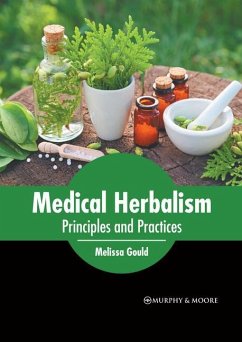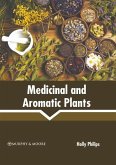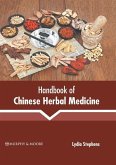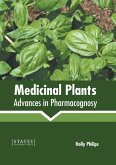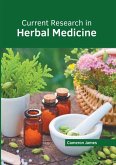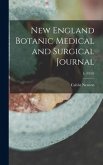The use of plants for medicinal purposes refers to as medical herbalism. It includes the use of fungal products, bee products, animal products, shells, etc. It is generally used for the treatment of chronic diseases such as diabetes, cancer, end-stage kidney disease, asthma, etc. A liquid or herbal tea is the most common form of medication formulated from herbs. They can be further classified into infusions, maceration and decoction. The alcoholic extraction of herbs is known as tinctures. Herbs can also be applied directly to the skin in the form of essential oils, balms and lotions. The inhalation of herbs for therapeutic purposes is known as aromatherapy. Pharmacognosy also falls under the domain of medical herbalism. It is concerned with the study of plants as a potential source of drugs. This book traces the progress of this field and highlights some of its key concepts and applications. The various advancements in medical herbalism are glanced at and their applications as well as ramifications are looked at in detail. Those in search of information to further their knowledge will be greatly assisted by this book.
Hinweis: Dieser Artikel kann nur an eine deutsche Lieferadresse ausgeliefert werden.
Hinweis: Dieser Artikel kann nur an eine deutsche Lieferadresse ausgeliefert werden.

